Industrial coatings is very important by enhancing part performance, durability, aesthetics, and resistance to environmental factors. Whether you’re producing precision CNC-machined parts, structural components, or consumer products, selecting the right coating can dramatically affect the functionality and lifespan of your product.
In this comprehensive guide, we’ll explore what industrial coatings are, the most common types used across industries, their properties and benefits, and how to choose the ideal coating for your application.
What Are Industrial Coatings?
Industrial coatings are engineered surface treatments applied to parts or assemblies to provide functional or protective advantages, often as the final step in the manufacturing process. These coatings can:
Improve corrosion and wear resistance
Protect against UV exposure and chemicals
Enhance mechanical strength and thermal stability
Improve visual appeal (color, gloss, texture)
Improve electrical conductivity or insulation
Used in automotive, aerospace, marine, electronics, construction, and industrial machinery, coatings help meet specific performance, safety, and regulatory requirements.
Types of Industrial Coatings
Epoxy Coating – Strong and Long-Lasting
What it is:
Epoxy is made by mixing two liquids—a resin and a hardener. Once they react, they form a thick, tough layer that sticks tightly to the surface.
Why it’s great:
Very durable
Resists moisture, chemicals, and scratches
Works well on many materials
Where to use it:
Pipelines, garage floors, machine parts, electronics
Simple steps to apply:
Clean the surface (no oil, dust, or rust)
Mix the resin and hardener (follow exact ratios)
Apply it using a brush, roller, or spray
Let it cure (this can take several hours)
Watch out for:
Doesn’t like UV rays (can turn yellow)
Strong fumes—use in a well-ventilated area
Polyurethane Coating – Flexible and UV-Resistant
What it is:
Polyurethane is a coating that stays flexible after curing. It can stretch with the material, so it won’t crack easily.
Why it’s great:
Handles sun and outdoor weather
Stretches without breaking
Chemical and abrasion resistant
Where to use it:
Car parts, airplane interiors, concrete floors, marine parts
Simple steps to apply:
Clean and dry the part
Apply a primer if needed
Mix the polyurethane components
Brush, roll, or spray it on
Allow to cure properly
Watch out for:
Can yellow over time
Not ideal for parts that take hard impacts
Polysiloxane Coating – Tough for the Outdoors
What it is:
Polysiloxane is a high-performance coating that works great in tough outdoor environments. It handles heat, UV rays, and chemicals better than most.
Why it’s great:
Super resistant to sunlight and rain
Lasts a long time without fading
Stands up to chemicals and heat
Where to use it:
Bridges, wind turbines, chemical tanks, offshore equipment
Simple steps to apply:
Clean the surface thoroughly
Mix base and hardener
Spray or brush it on
Let it cure (some types dry fast, others take longer)
Watch out for:
More expensive
Can become brittle if overexposed
Zinc-Rich Coating – Rust Blocker
What it is:
Zinc-rich coatings work like armor. The zinc corrodes first, protecting the metal underneath—this is called “sacrificial protection.”
Why it’s great:
Excellent rust protection
Cost-effective
Easy to apply
Where to use it:
Steel beams, pipelines, towers, car frames
Simple steps to apply:
Clean the metal (sandblasting is best)
Apply the zinc coating using spray or dip methods
Let it dry completely
Add a topcoat if needed
Watch out for:
Not suitable for high heat areas
Can look dull over time
Ceramic Coating – Heat and Scratch Proof
What it is:
Ceramic coatings are ultra-tough layers that resist heat, wear, and chemicals. They’re used when parts need to survive extreme conditions.
Why it’s great:
Withstands very high temperatures
Resists scratches and rust
Chemical resistant
Where to use it:
Engine parts, turbines, electronics, medical tools
Simple steps to apply:
Clean the part carefully
Use thermal spray, dip, or brush method
Let the coating cool or cure (depending on the process)
Watch out for:
Can be brittle
Requires special tools to apply
More expensive than others
Metallic Coating – Strong and Shiny
What it is:
This coating uses metals like nickel, chrome, or aluminum to add a shiny, protective surface. It can make your parts tougher and more attractive.
Why it’s great:
Corrosion-resistant
Looks good (decorative finish)
Improves conductivity for electronics
Where to use it:
Electronic parts, medical implants, decorative hardware
Simple steps to apply:
Clean the surface
Choose a method (electroplating or thermal spray)
Apply the metallic layer
Buff or polish if needed
Watch out for:
Can require frequent upkeep
Doesn’t stick to all materials
What to Consider When Choosing a Coating?
What Material Are You Coating?
Coatings stick better to certain materials.
Epoxy works great on metal, plastic, and concrete.
Zinc is mainly for steel and iron.
Some coatings don’t do well with rubber or silicone.
✅ Tip: Always check if your part’s material is a good match for the coating.
Where Will the Part Be Used?
Think about the environment:
Will it be outside in the sun or rain?
Near saltwater or chemicals?
Facing extreme heat or cold?
☀️ If it’s going outdoors, polysiloxane or polyurethane are better picks than epoxy.
How Will You Apply the Coating?
Some coatings are easy to apply with a brush or roller, others need fancy spray tools or special gear.
Ask yourself:
Do you need something quick and simple?
Do you have the tools or need a pro?
🧰 If time or tools are limited, go for zinc or polyurethane.
What Will the Part Need to Handle?
Rust? Go for zinc or epoxy
Heat? Try ceramic
Flexibility? Polyurethane
UV resistance? Polysiloxane
🛠 Make a quick checklist of what your part needs to deal with—then match it to the coating type.
What’s Your Budget?
Some coatings cost more than others, and some take longer to apply.
💰 Zinc is budget-friendly. Ceramic and polysiloxane are more expensive but last longer.
Any Industry Rules to Follow?
Are you making parts for airplanes, medical tools, or food equipment? If yes, you’ll need coatings that follow specific safety or quality rules.
📋 Look for coatings with certifications like RoHS, SGS, or FDA approved.
Quick Comparison Table – Which Coating Should You Choose?
| Coating Type | Best For | Key Benefits | Drawbacks | Ideal For… |
| Epoxy | Indoor use, chemical protection | Strong, tough, chemical-resistant | UV-sensitive, needs prep | Floors, tanks, electronics, pipelines |
| Polyurethane | Outdoor use, flexibility | UV-resistant, flexible, impact-resistant | May yellow, less hard than epoxy | Car parts, ship decks, interiors, floor coatings |
| Polysiloxane | Harsh outdoor conditions | UV-proof, lasts long, chemical and heat resistant | Expensive, may become brittle | Bridges, turbines, offshore structures |
| Zinc-rich | Corrosion protection | Rust prevention, low cost, easy to apply | Not for high heat, can fade | Steel beams, towers, structural parts |
| Ceramic | High heat & abrasion | Heat-proof, scratch-resistant, chemical protection | Costly, brittle, thick layer | Engines, exhausts, medical tools, turbines |
| Metallic | Looks + performance | Shiny, conductive, improves corrosion resistance | Needs upkeep, not for every surface | Implants, electronics, decorative parts |
Conclusion
Choosing the right industrial coating is not just about surface appearance—it’s about ensuring the reliability, safety, and longevity of your product. From protecting offshore pipelines to enhancing CNC-machined parts, coatings serve both aesthetic and critical functional roles.
By understanding the material compatibility, environment, application process, and regulatory standards, manufacturers can make informed decisions that boost performance and save long-term costs.
FAQs
Q1: Is coating necessary for industrial parts?
Yes, coatings enhance part life, reduce wear, improve corrosion resistance, and add value.
Q2: What’s the difference between painting and coating?
Painting is a type of coating for aesthetics. Industrial coatings are formulated for protection and performance.
Q3: Which coating is best for galvanized steel?
Zinc coating via galvanization is the standard for galvanized steel due to its corrosion protection.

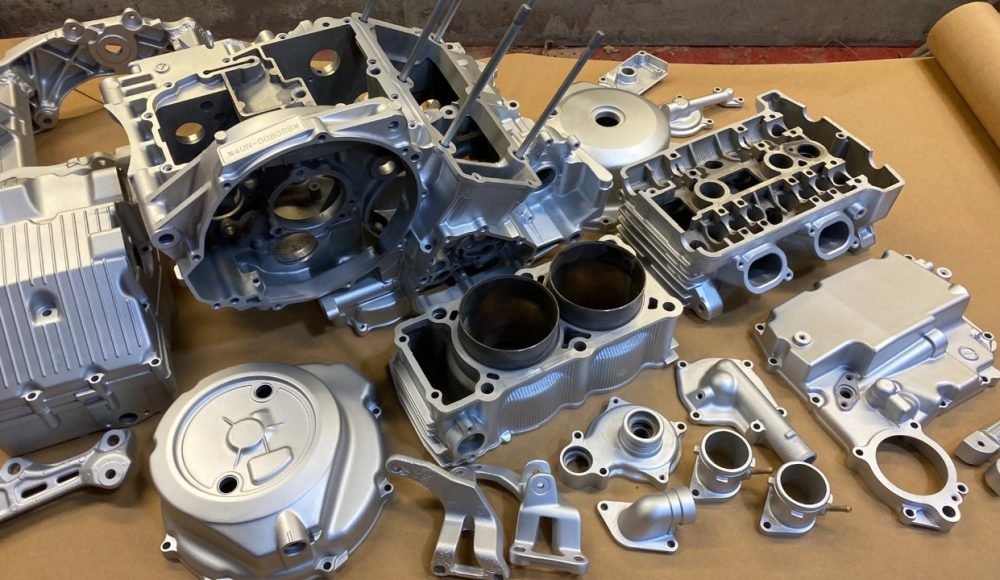

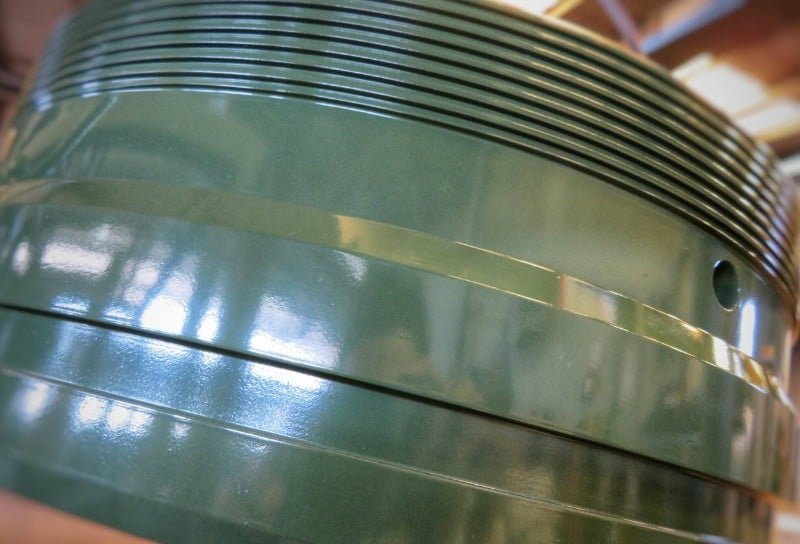
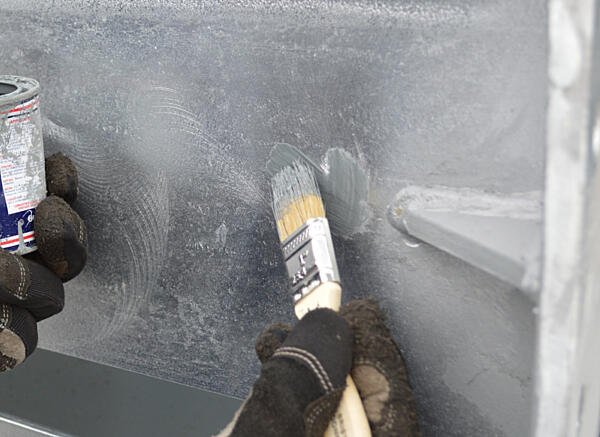

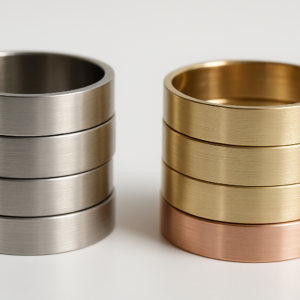
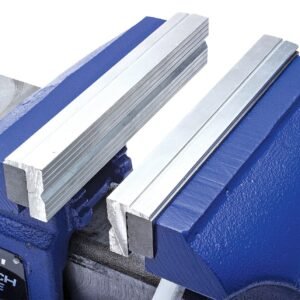
1 thought on “Industrial Coating Types: Properties, Processes, and Real-World Applications”